Before the pandemic ketchup squeeze: A year of COVID-19 product shortages and the items we struggled to find

The COVID-19 pandemic impacted nearly every aspect of life over the past year – not to mention the U.S. economy and supply chain. In the first few months of 2020, virus concerns spurred a run on items like face masks, hand sanitizer, toilet paper and disinfecting wipes.
Later, as the weather warmed up and gyms remained closed, people headed outside to exercise or tire out their kids, prompting a shortage of bicycles, kayaks and camping gear.
And even though supply eventually caught up with demand for hand sanitizer (now, manufacturers have too much on their hands), shortages still exist in other areas. Demand for existing homes has far outpaced supply for the past year, forcing first-time buyers to compete with all-cash offers far above the asking price.
And 2021 is seeing new shortages on unpredicted items like gardening seeds and Heinz ketchup packets. Our advice: Don’t clean out your kitchen junk drawer just yet.
Scroll down to revisit the most in-demand items from the past year:
SPRING 2020
Hand sanitizer
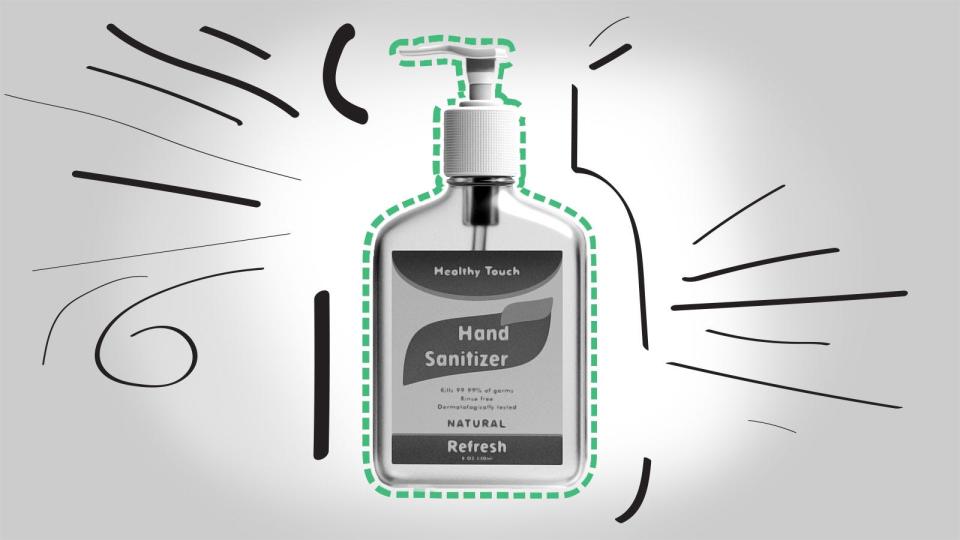
Bottles of hand sanitizer were liquid gold when the pandemic began last March. Panic buyers and would-be profiteers snatched them up as soon as they hit the shelves. Absent the store-bought variety, some desperate souls even made their own, prompting Texas vodka maker Tito’s to warn that its liquor didn’t contain enough alcohol to protect against the coronavirus. Companies ranging from ExxonMobil to Louis Vuitton even began pumping out sanitizer.
One year later, Americans now have more than enough hand sanitizer in the cupboards at home. Demand may also have trailed off amid an increasing recognition that COVID-19 is typically transmitted from person to person through the air, not on surfaces.
►Panic buying? Not anymore. Suddenly there's a surplus of hand sanitizer
Toilet paper
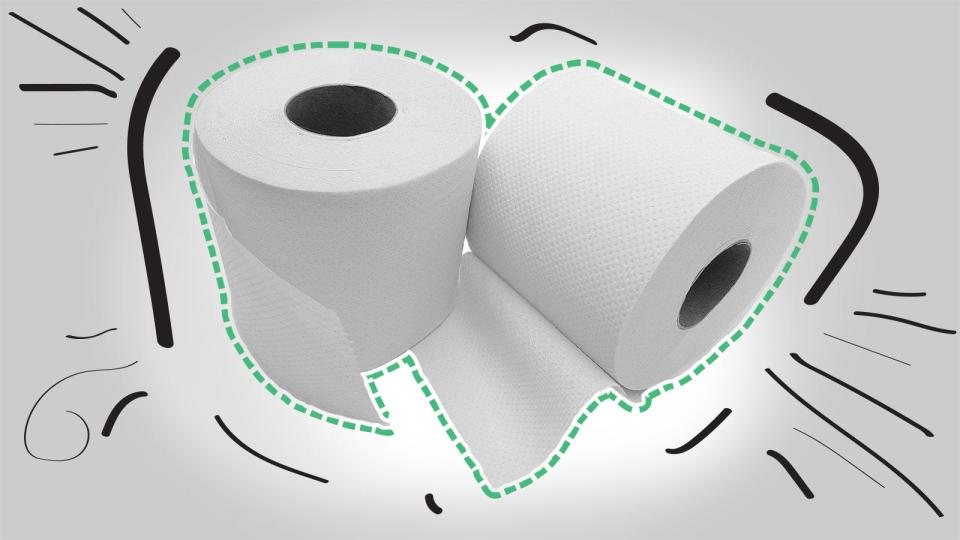
If you didn’t already have a healthy supply of TP in your closet in the early weeks of the pandemic, you might have been forced to channel “Seinfeld” and ask others, “Can you spare a square?”
Why was it so hard to come by? Experts cited a fundamental shift in demand for toilet paper meant for home use versus commercial. Factories ramped up production and eventually, the toilet paper shortage was alleviated, though there were occasionally still days well into the spring when the grocery store aisles were barren.
Ammunition

As early hysteria surrounding coronavirus drove some to stockpile groceries and toilet paper in case they're quarantined, it also caused many to worry about a shortage of gun supplies, driving up demand and leading to lines at suppliers starting in mid-March as the country began shutting down.
Many people said they were looking for extra protection, primarily ammo, in case the virus shut down most businesses. Online ammunition retailer Ammo.com witnessed an exponential increase in sales since late February 2020, which the company attributes to public worry surrounding coronavirus.
“People are scared,” Drew Plotkin of Los Angeles told USA TODAY. “There’s a lot of panic in the world and people want to be protected for the worst-case scenario.”
N95 face masks

As Americans rushed to buy face masks amid the growing threat of coronavirus in March and April 2020, U.S. February imports of the product from the world’s biggest supplier – China – plummeted to its lowest level since 2015, a USA TODAY analysis of trade data found. But a study by the medical journal The Lancet found that the shortage in China, the world's leading mask producer, began as early as late January 2020, when human-to-human transmission was confirmed there.
At the time, China, the world’s biggest exporter of face masks and the location of the first cases of COVID-19, was very much still in the grips of the virus and had imposed a universal mask mandate of its own, the study noted.
“Suppliers may not have been able to supply as much as was demanded because they needed to provide it to the local economy, and the Chinese factories were simply not operating,” said Mary Lovely, an economics professor at Syracuse University, told USA TODAY.
Making matters worse: During the first two months of 2020, U.S. manufacturers shipped more than $17.5 million worth of masks to China, far exceeding that of any other similar period in the past decade, according to the U.S. Census Bureau. And by the time COVID-19 reached the U.S., the National Strategic Stockpile was down to 12 million medical-grade N95 masks, a result of budget cuts over the preceding years.
Consequently, the country was unprepared when the coronavirus began spreading here last March. Medical professionals were forced to reuse their N95 masks, reducing their protective capabilities, a situation that persisted well into the summer or early fall in some hospitals.
Clorox wipes
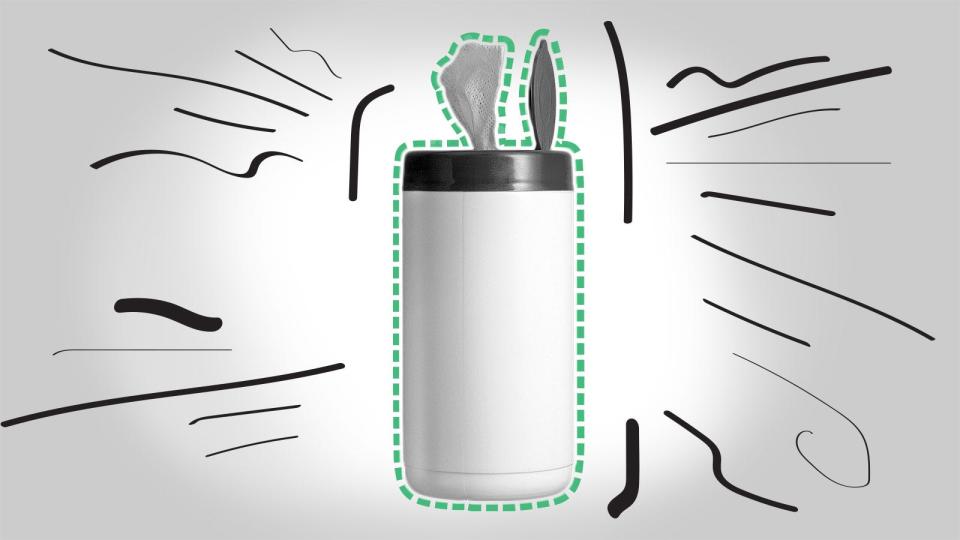
Disinfecting wipes were one of the first COVID-19 shortages, along with toilet paper and hand sanitizer. They remained hard to come by for much of 2020, which ended with the highest level of travel seen all year as well as a major COVID-19 surge. Travelers boarding their first flights since the pandemic sought out canisters and packets of wipes to disinfect their seats and hotel room surfaces. But the shortages may not be over even though 2020 is, Clorox acknowledged to NBC News in December.
"People are suffering, COVID is surging, but everything we know right now ... We probably won’t be back in the type of in-stock positions, or you know, what people are used to going to the store, until mid-2021," Chief Operating Officer Eric Reynolds said.
Freezers

Back in early spring 2020, grocery shoppers who were growing weary of frequent trips to the store and unsure how long the pandemic would last bought all the food they could. They soon realized they had nowhere to store the 20 pounds of pork chops from Costco. So consumers went looking for chest freezers and deep freezers beginning in March and April, only to find they were sold out or back-ordered. Some shoppers were still looking for them in October.
Lowe's officials told USA TODAY they saw increased demand for freezers and were working around the clock to replenish inventory. Walmart reported dramatic increases in sales of plasticware storage, vacuum seal machines and accessories.
Thermometers
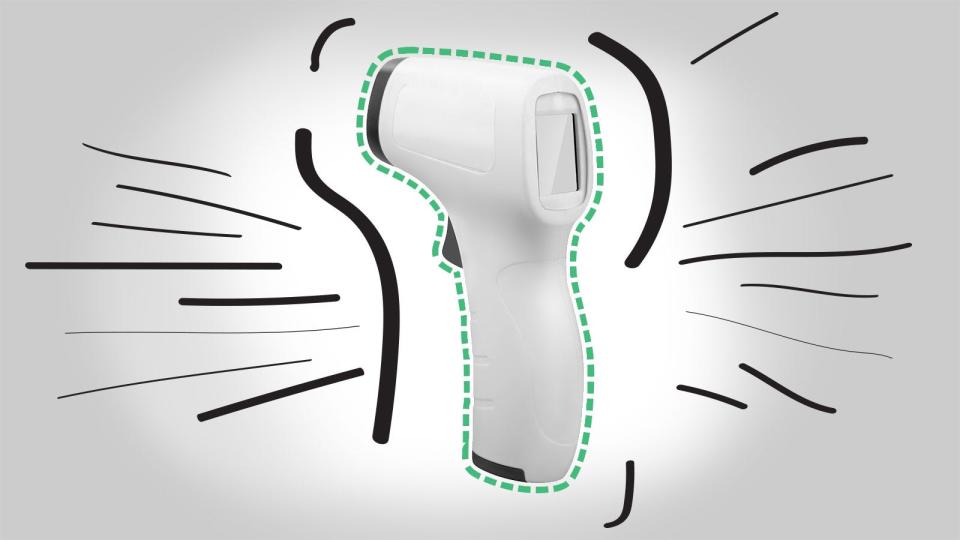
Americans learned early on that a fever over 100.4℉ was a symptom of COVID-19. That detail sent them scurrying to pharmacies and grocery stores to buy thermometers to track their body temperatures, cleaning out supplies.
Again, the supply chain breakdown traces back to China, which makes about 90% or more of the popular thermometers normally found at American retailers such as Walgreens, CVS Health, Rite Aid and others, explained Stan Cohen, owner of 180 Innovations, a firm outside of Denver that imports thermometers for American retailers.
Baking ingredients

With restaurants closed and people reluctant to make unplanned grocery runs, Americans went full "Great British Baking Show" during the pandemic, especially early on. We made cloud bread, fairy bread, macarons and, since we couldn't travel or stay in hotels, we even made Doubletree chocolate chip cookies.
Soon enough, the baking frenzy resulted in a shortage of crucial ingredients like flour and yeast. The internet came to the rescue, providing a source to buy those goods – along with recipes that didn't call for them.
Gardening supplies

Americans didn't just bake their own food during the pandemic; we grew it, too. For some, gardening was a way to pass the time in lockdown, while others used it as a way to ensure they had access to fresh food after panic buying led to shortages in grocery stores. In addition to emptying shelves of seeds and gardening tools, nascent gardeners and urban farmers also bought livestock, particularly chickens, to produce a steady influx of eggs.
►SpringFest: When and how to sign up for Lowe's free garden kits
"Sales have been extremely heavy," Debbie Milling, manager at Agway in Liberty, New York, told USA TODAY. "As we go to reorder, we find out some breeds are sold out already." And the gardening shortages might not be over: As 2021 arrived, there were already warnings there could be a shortage of vegetable seeds.
Webcams

With much of the entire country shifting to work and school-from-home setups, a webcam quickly became essential for working or learning virtually.
"Global demand for webcams is needed from all remote workers, students and in the health care space," analyst Jeremiah Owyang told USA TODAY last April.
And while many modern laptops come standard with webcams, they usually have substantially lower resolution. So workers who needed high-quality face time for Zoom meetings or TV interviews went looking for something better. Logitech, the company that dominates webcam sales, sold out of every one it makes. Amazon and Best Buy were out of stock. And price gougers on eBay sold used models for as high as $420, more than twice the price of Logitech's priciest model.
SUMMER 2020
Bikes shortage
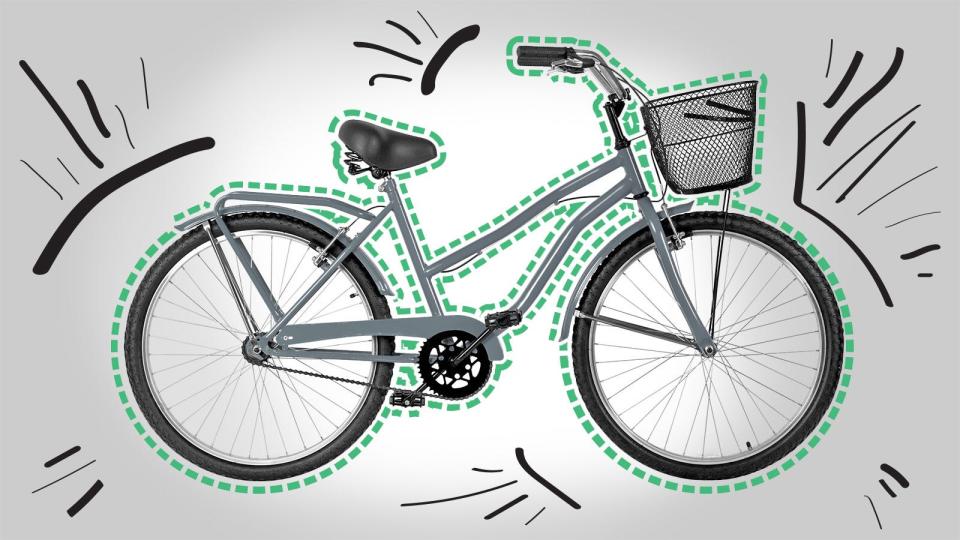
It was a banner year for U.S. bike shops: Not only were they deemed an essential business and allowed to stay open in many states during the lockdown, but they sold $4.1 billion worth of bikes from January to October. That's a 62% increase, according to numbers provided by retail research firm NPD Group to Verge. In addition, electronic bike sales soared 144% compared to 2019.
Unsurprisingly, “it's difficult to get your hands on (inventory)," Curtis Stevenson, a manager at Sports Ltd. in Redding, California, told USA TODAY Network member The Redding Record Searchlight in May. As 2021 began, things weren't much better.
“We’re in that phase now where retailers are restocking, but in many categories, as soon as a bike hits the floor, it goes away," Dirk Sorenson, executive director of the NPD Group’s sports division, told Outside Magazine in January.
Once again, part of the problem in 2020 was the shutdown of manufacturing facilities in China, where the majority of bikes sold in the U.S. are produced.
Kayaks and canoes

As the summer of 2020 began, many health clubs were still closed and the ones that were open required masks to be worn on the gym floor, which is never fun when breathing heavily. So Americans headed outdoors to get their exercise. But people who thought they'd give kayaking or canoeing a try last season quickly learned that everyone else seemed to have the same idea, making it hard to buy a boat. Paddling stores even sold their demo and rental stock in an attempt to keep up with demand.
The supply situation in 2021 isn't looking much better: Although you can find entry-level recreation boats at big-box stores, some higher-end kayak and canoe makers stopped taking orders for the entire year in the first quarter. If you're still looking for a boat, act quickly or you could be up the creek without a paddle this summer, too. Speaking of which, carbon fiber paddles are also harder to come by than in years past, as are some life jackets and car top carriers.
Affordable existing homes

To put it mildly, 2020 may not have been fun for first-time homebuyers. First, lending standards tightened in the aftermath of the pandemic as mortgage companies tried to ensure that borrowers could still make their payments after a historic wave of layoffs.
Housing inventory was already low before COVID-19 kicked in, but add in record-low interest rates, would-be house flippers and an influx of coastal refugees fleeing inward to smaller cities and you had the makings of the most competitive housing markets in recent memory. In order to have the winning bid, prospective buyers offered tens – or hundreds – of thousands over the asking price and waived inspection and appraisal contingencies that would have allowed them to walk away if a major structural problem turned up or the appraisal came back lower than the offer. Meanwhile, panic buyers and coastal refugees fleeing large cities bought homes sight unseen, only to experience buyer's remorse later.
►Roof over your head or investment? Here's how to think about your home
More than 40% of homeowners who purchased their home during the pandemic reported entering into a bidding war on at least one home, according to recent data from Clever Real Estate. By the way, buyers no longer seem to have the luxury of taking a day or two to think about making an offer: Many houses were under contract or contingent within hours of going on the market. The silver lining? That could mean more inventory this year, as last year's buyers unload properties they bought capriciously.
Swimming pools

With many community pools opting not to open at all last summer, Americans in need of a swim had to take matters into their own hands. And they were in for a challenge, as it became increasingly difficult to find inflatable, hard or soft-sided above-ground pools, or contractors to build in-ground pools.
“I’ve been in this industry for 35 years, and I’ve never seen anything like this,” said Thomas Epple, chief executive of Only Alpha Pool Products in Fort Wayne, Indiana, told Reuters in August.
Even Olympic swimmers had trouble finding water: Gold medalists Katie Ledecky and Simone Manuel trained in a borrowed backyard pool when their training pool at Stanford University shut down. Cody Miller, a breaststroker who won two medals in Rio de Janeiro, installed an Endless Pool, the flume-powered aquatic equivalent of a treadmill, in his Indiana backyard.
Roller skates

As the weather improved last spring and people are itched to spend more time outside (and may still be hesitant to return to gyms), an old fitness craze became new again: roller skating. And not the rollerblades of the '90s; we're talking the old school four-wheeled format.
The nostalgic trend made a comeback thanks to TikTok, where videos hashtagged #rollerskating received almost 2 billion views in June and early July. Not only that but according to Google Trends data, searches for "roller skates" peaked.
Thankfully, supply seems to have caught up with demand since last summer. But does that mean the roller-skating craze has passed once more?
Trampolines
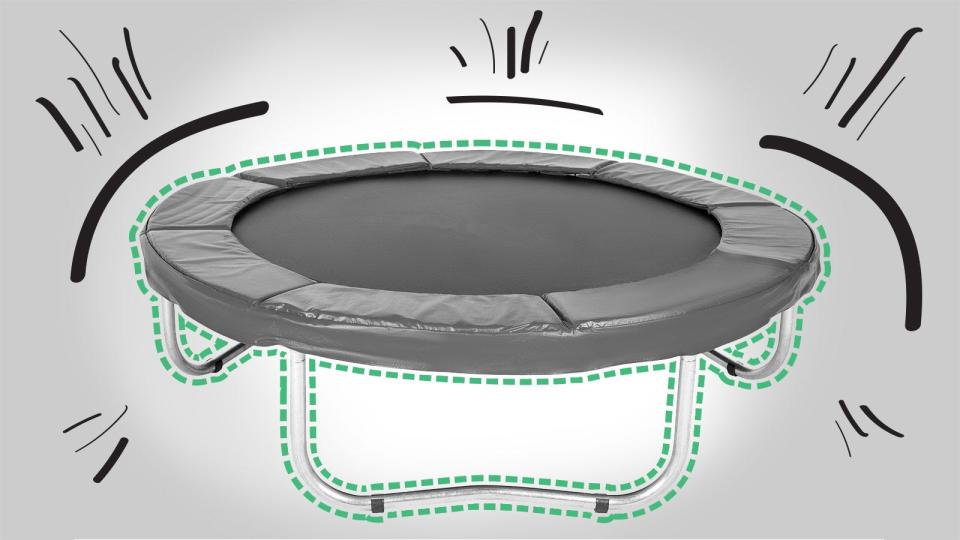
Parents were desperate to keep their kids entertained last spring and summer, so backyard games and toys started flying off the shelves. Trampolines, in particular, were hard to find. Thankfully, availability seems to have bounced back somewhat.
Camping equipment and fire pits

Outdoor vacations were incredibly popular in 2020 as travelers looked for socially distanced getaways. And just like that, camping made its comeback. As a result, there was a spike in sales for outdoor gear, like tents, coolers, hammocks, ammunition for hunting and fishing kayaks. But the supply situation might not be much better as the 2021 camping season approaches, so if you need gear, don't wait to pull the trigger.
Meanwhile, even Americans who didn't take a vacation during the pandemic still spent more time outside, even if it was in their own backyards. And that's how we ended up with a shortage of fire pits.
Dumbbells

When gyms and fitness studios first closed amid the pandemic last March, there was a run on exercise equipment. Dumbbells, resistance bands, medicine balls, and more were quickly selling out at retailers across the country as people scrambled to set up their home gyms.
Even though many gyms started reopening by late summer or early fall, not everyone wanted to pant through a mask while pumping iron. So the shortage continued well into 2020. Popular athletic brands like Bowflex and NordicTrack saw sales of weights increase up to 600% in 2020 compared to 2019 and some major retailers including Dick's Sporting Goods completely sold out of dumbbells.
Desks
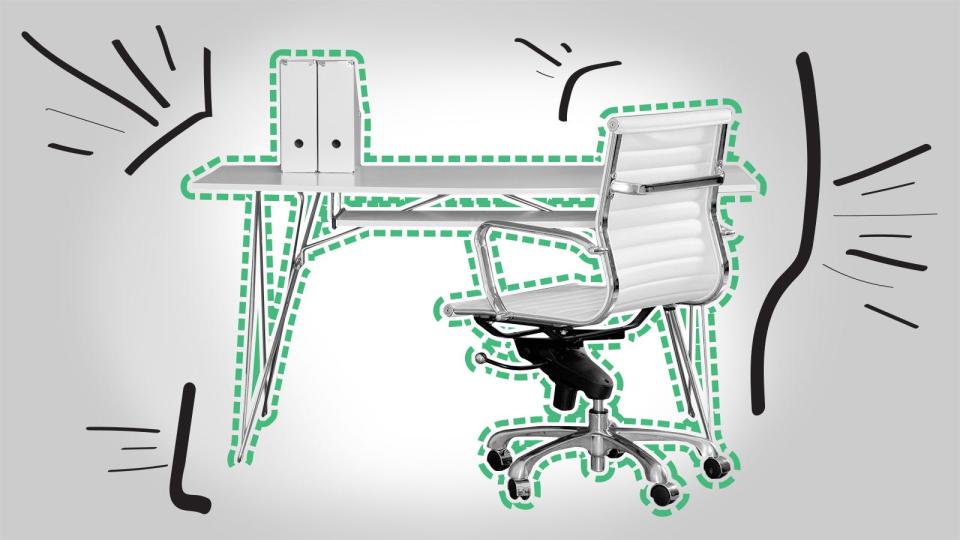
Late last summer, there was a new entry on many families' back-to-school shopping lists: desks. As it became clear that most schools would stick to virtual classes for the first part of the school year, office furniture became scarce.
"Supply and demand have been at tremendous odds this year, and back-to-school is no different," said Sarah Hofstetter, president of analytics company Profitero. "The biggest difference is that it’s easier to find crayons and whiteboards than it is to find the less obvious yet most necessary items for homeschooling or hybrid learning, like desks for students."
Used cars
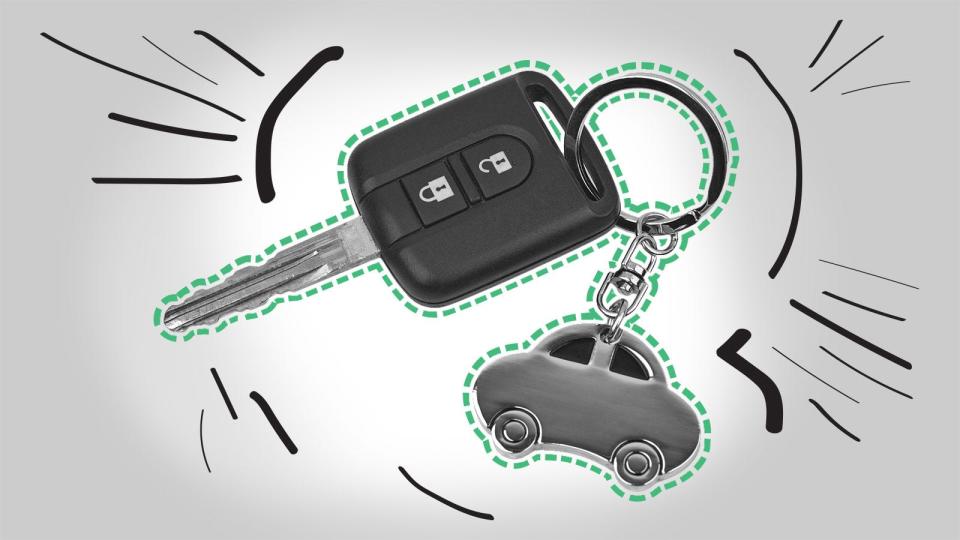
Like a lot of industries, automakers were forced to shut down plants for about two months in the spring due to work restrictions because of COVID-19. That led to a decline in new-vehicle inventory and a delay in 2021 models.
Buyers began flooding the used-car market, looking for deals amid high prices for new vehicles, low-interest rates and a shortage of new-vehicle inventory, according to car research site Edmunds.
Ivan Drury, Edmunds’ senior manager of insights, said in a statement that there's "significantly increased demand" for used vehicles, in part due to rock-bottom interest rates, which are typically higher on used cars.
“It’s a seller’s market right now," Drury said. "Although used vehicles continue to offer significant discounts compared to new, used-car shoppers will find themselves in the unusual position where they might not have as much negotiation power because demand is so high and dealers will be less inclined to be flexible."
►'No reason why Americans should wait': Biden tells execs US needs to lead in computer chips
Things may not be much better in 2021: A dearth of semiconductor chip production is cramping new-vehicle production, limiting the availability of certain models in the coming months and threatening to raise used-car prices as buyers hunt for alternatives.
FALL 2020
Grape-Nuts cereal

Beginning in late 2020, consumers searched for boxes of the more than 120-year-old Grape-Nuts cereal brand only to find empty shelves and out-of-stock notices. Some fans resorted to desperate measures, buying their breakfast on the black market.
Kristin DeRock, Grape-Nuts brand manager at Post Consumer Brands, said the cereal is made using a "proprietary technology and a production process that isn’t easily replicated, which has made it more difficult to shift production to meet demand during this time."
In March, after months of being out of stock, Grape-Nuts resumed shipping at full capacity to stores nationwide, the company told USA TODAY exclusively.
And if you paid wildly inflated prices on the black market to get your hands on a box, you may be eligible for reimbursement.
“It became abundantly clear during the shortage that Grape-Nuts fans are ‘Nuts for Grape-Nuts,’” DeRock, said in a statement. “So much so that some of our loyal super fans were willing to pay extreme prices just to ensure they wouldn’t be without their favorite crunchy cereal."
SPRING 2021
Heinz Ketchup packets
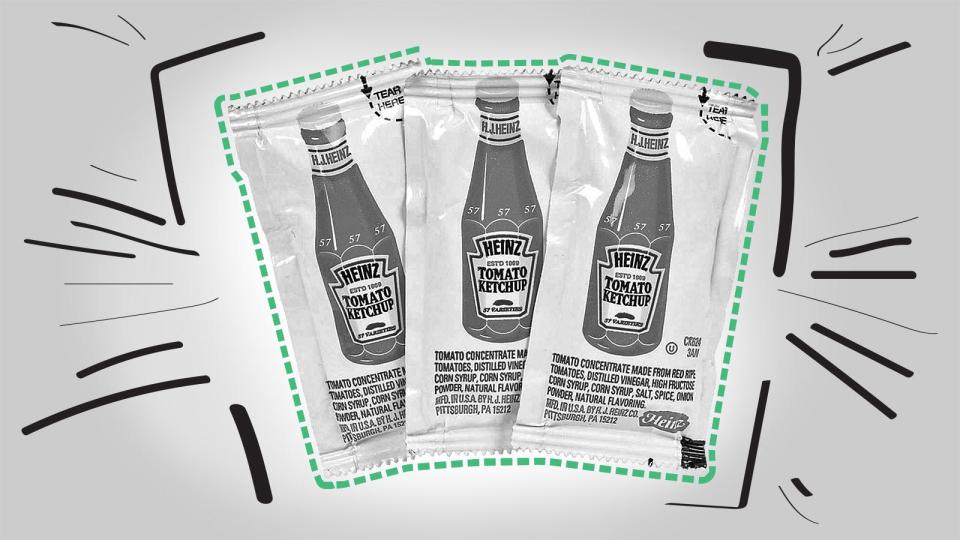
And now we come to the last item on our list: Heinz ketchup packets. Not the bottled variety you find on restaurant counters so as much as the small individual packages fast-food places give with pickup, takeout and delivery orders, which were the only type of restaurant service available for a long time in 2020. Plus, restaurants are still using the packets when consumers dine in, part of the Centers for Disease Control and Prevention's recommendations for restaurants.
Kraft Heinz confirmed to USA TODAY in early April that it is working to increase supplies, such as adding manufacturing lines that will increase production by about 25% for a total of more than 12 billion packets a year.
Contributing: Nathan Bomey, Dalvin Brown, Jefferson Graham, Jessica Guynn, Erin Mansfield, Jessica Menton, Coral Murphy Marcos, Kelly Tyko, Brent Schrotenboer, Dinah Voyles Pulver, Dian Zhang, USA TODAY; Courtney Campbell, Amanda Tarlton, Reviewed.com; Rick Barrett, Milwaukee Journal Sentinel; David Benda, Redding Record Searchlight; Associated Press
This article originally appeared on USA TODAY: Cars, hand sanitizer and ketchup in COVID: What we struggled to find

